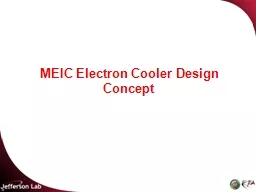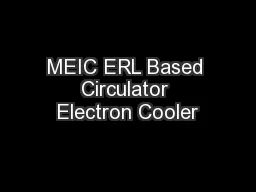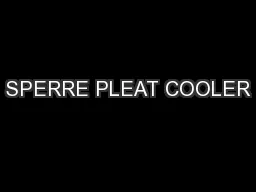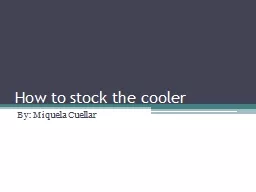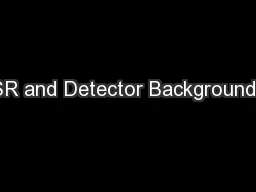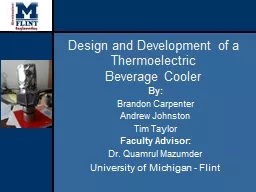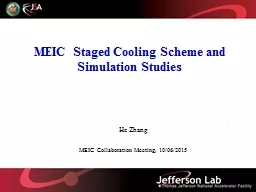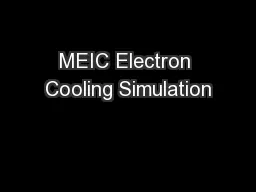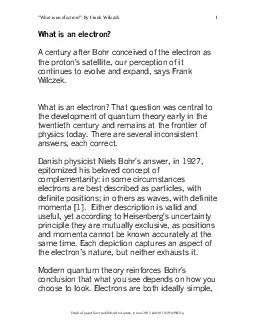PPT-MEIC Electron Cooler Design Concept
Author : liane-varnes | Published Date : 2015-10-06
EC potential impact to colliders Reaching a high start luminosity Very short i bunches achieved by longitudinal cooling in combination with SRF cannot
Presentation Embed Code
Download Presentation
Download Presentation The PPT/PDF document "MEIC Electron Cooler Design Concept" is the property of its rightful owner. Permission is granted to download and print the materials on this website for personal, non-commercial use only, and to display it on your personal computer provided you do not modify the materials and that you retain all copyright notices contained in the materials. By downloading content from our website, you accept the terms of this agreement.
MEIC Electron Cooler Design Concept: Transcript
Download Rules Of Document
"MEIC Electron Cooler Design Concept"The content belongs to its owner. You may download and print it for personal use, without modification, and keep all copyright notices. By downloading, you agree to these terms.
Related Documents

